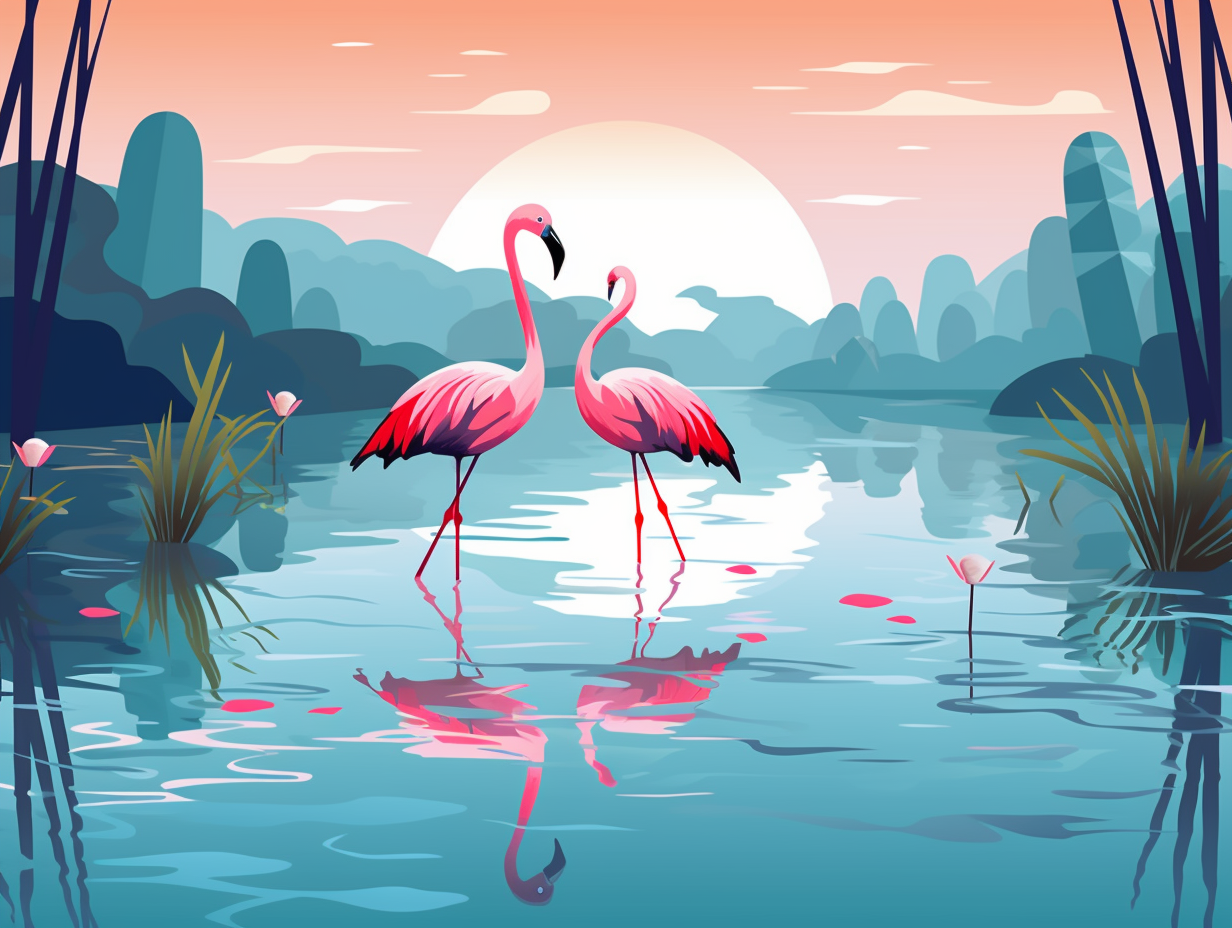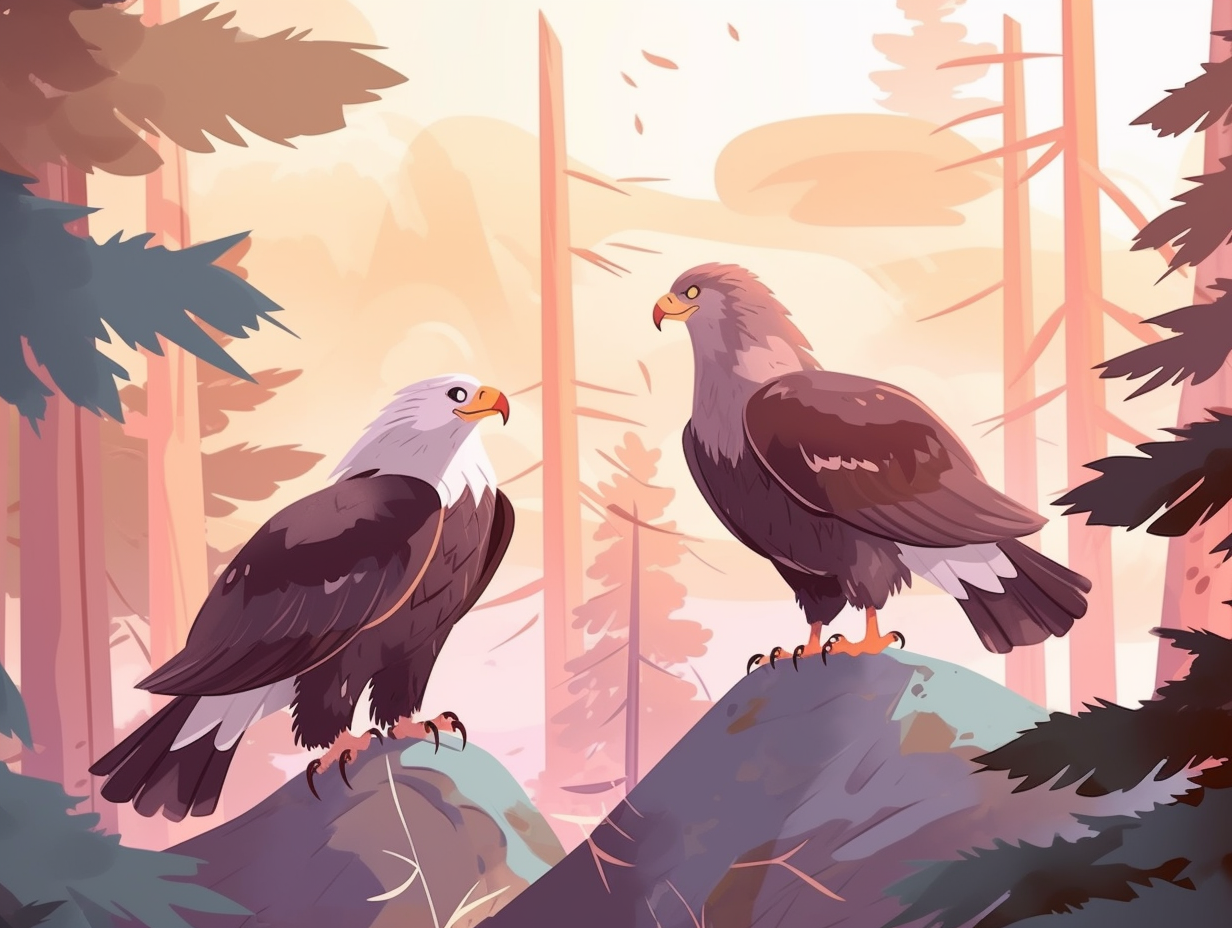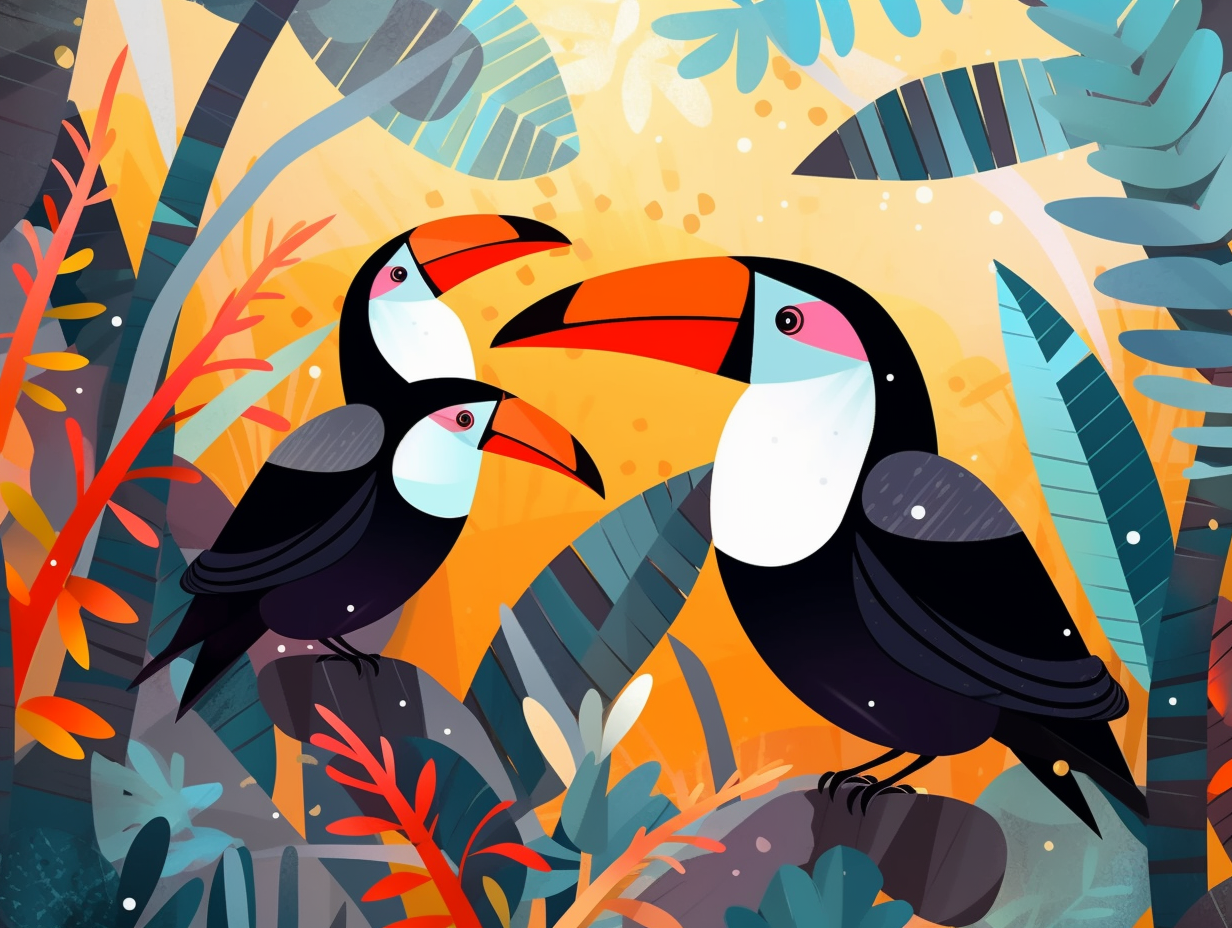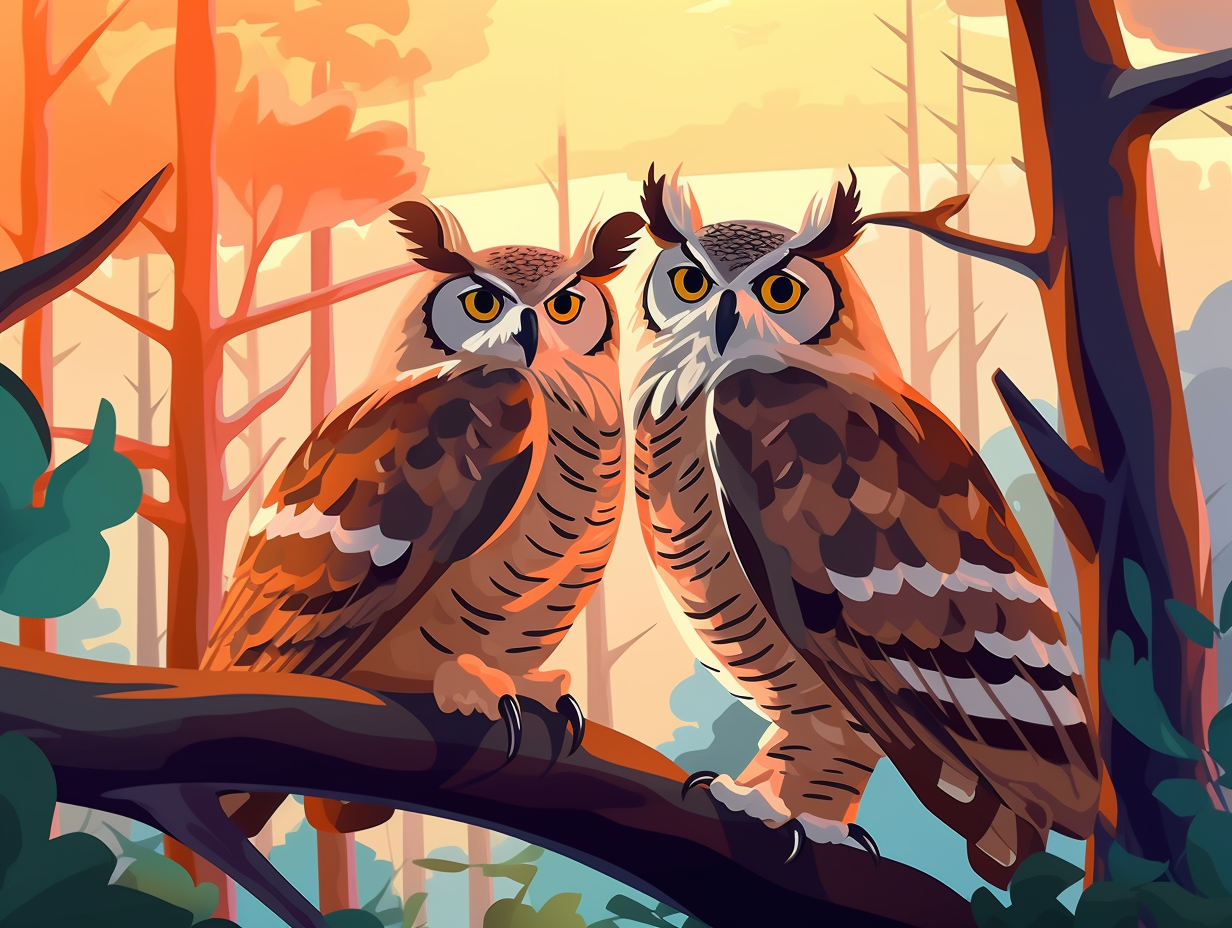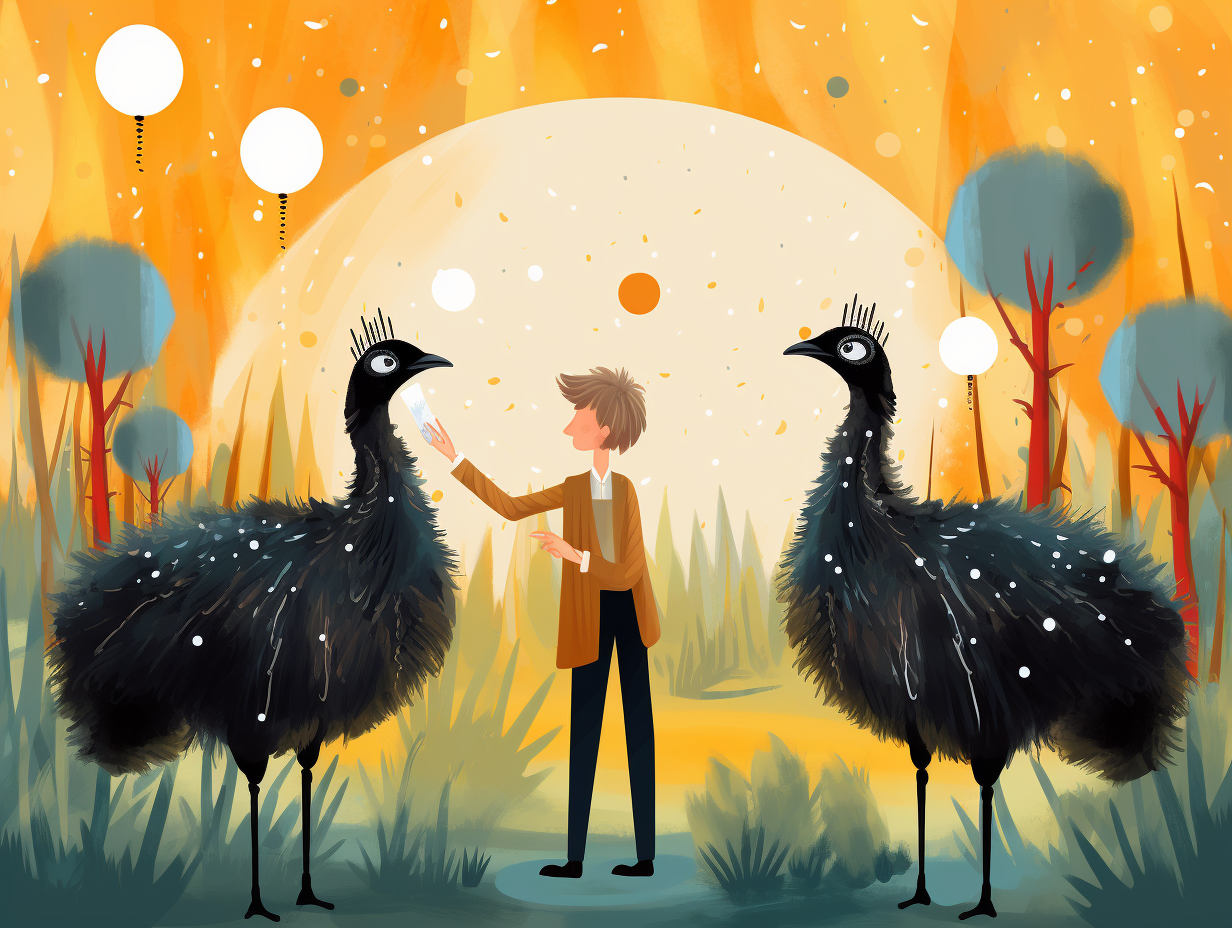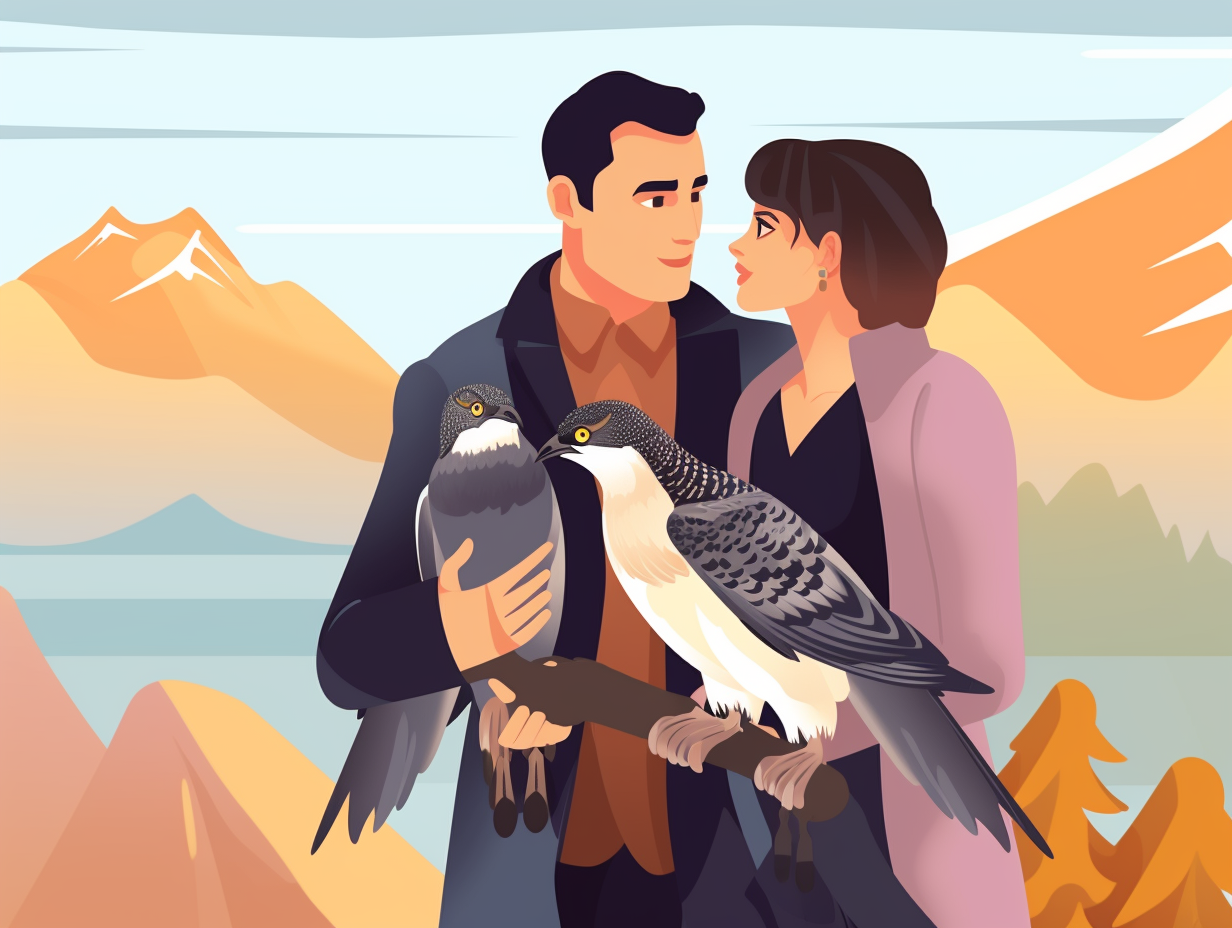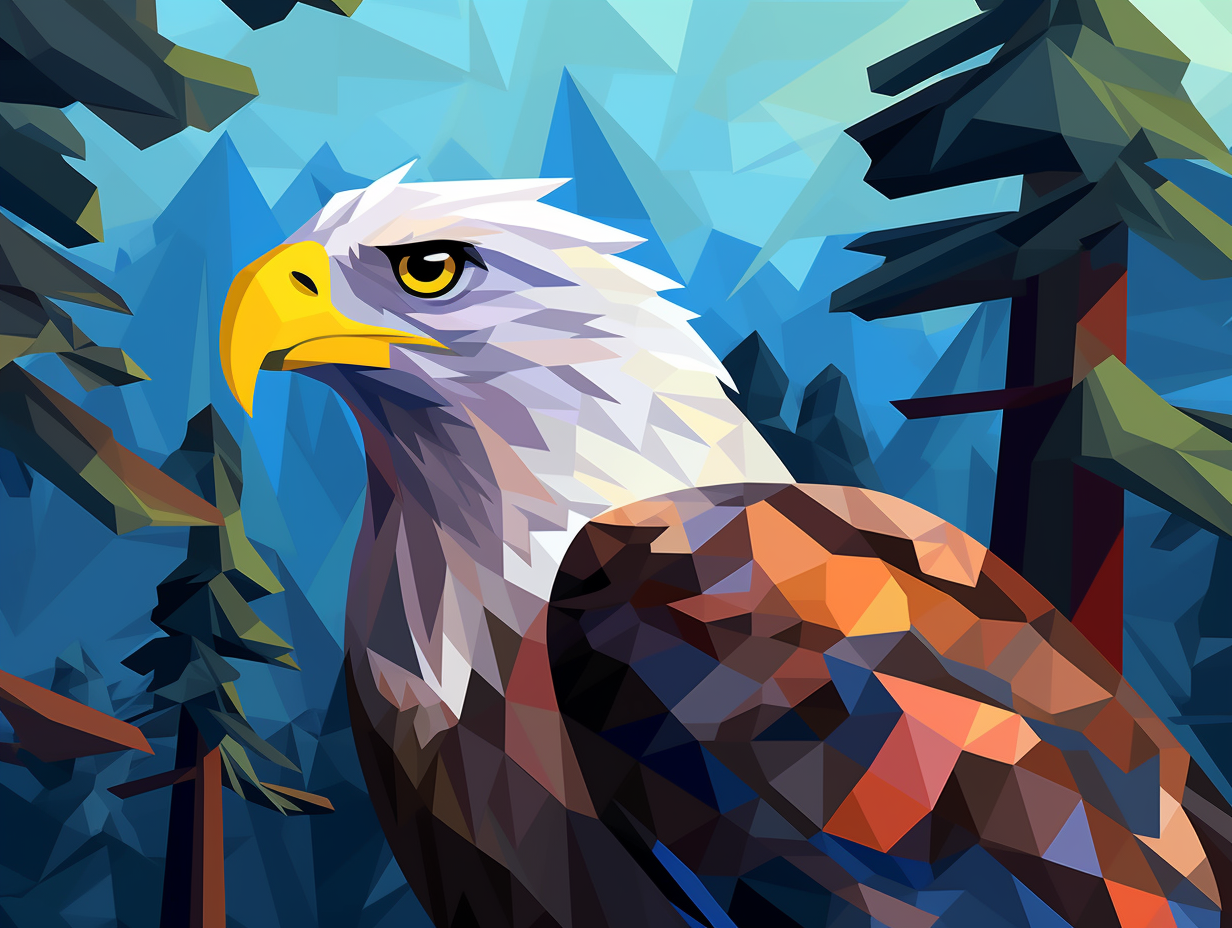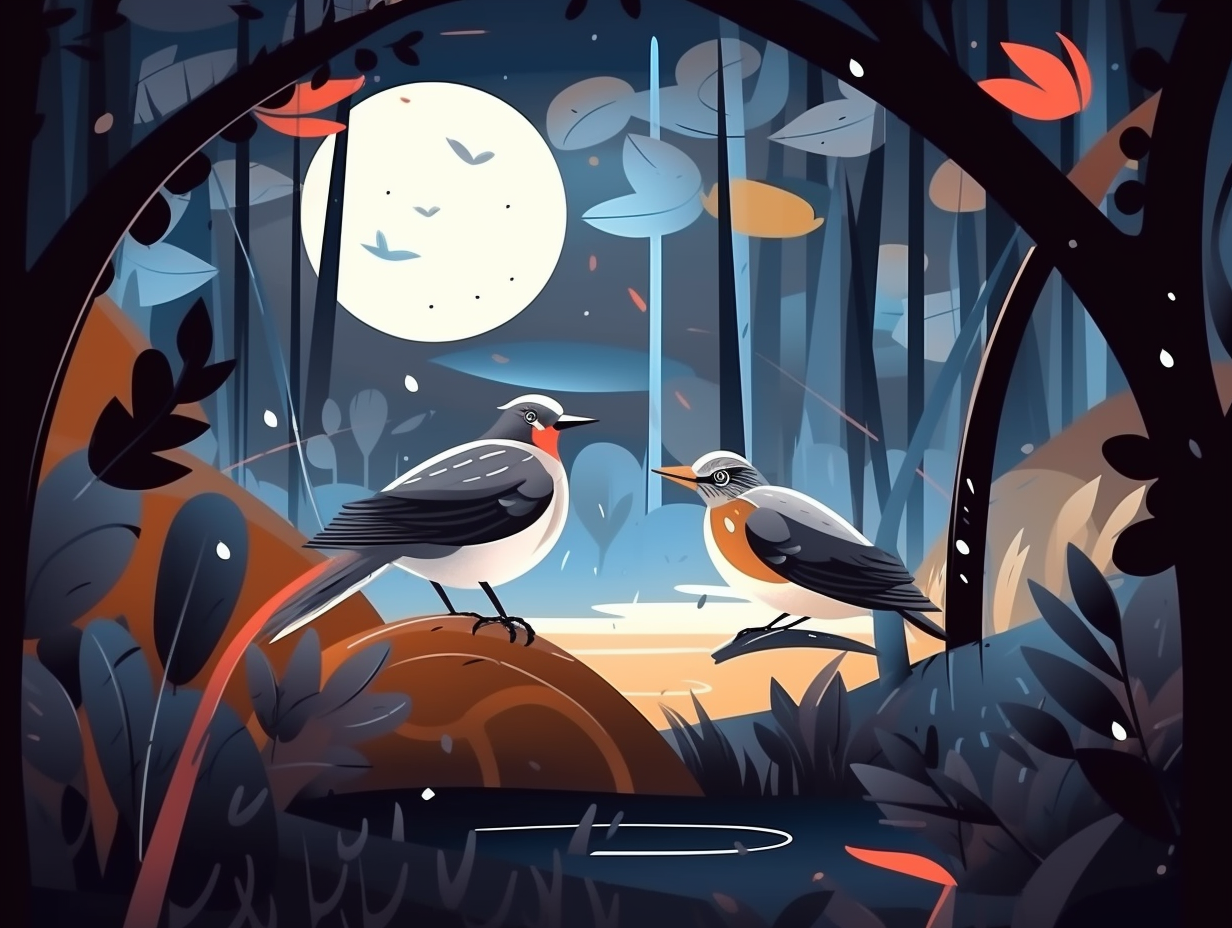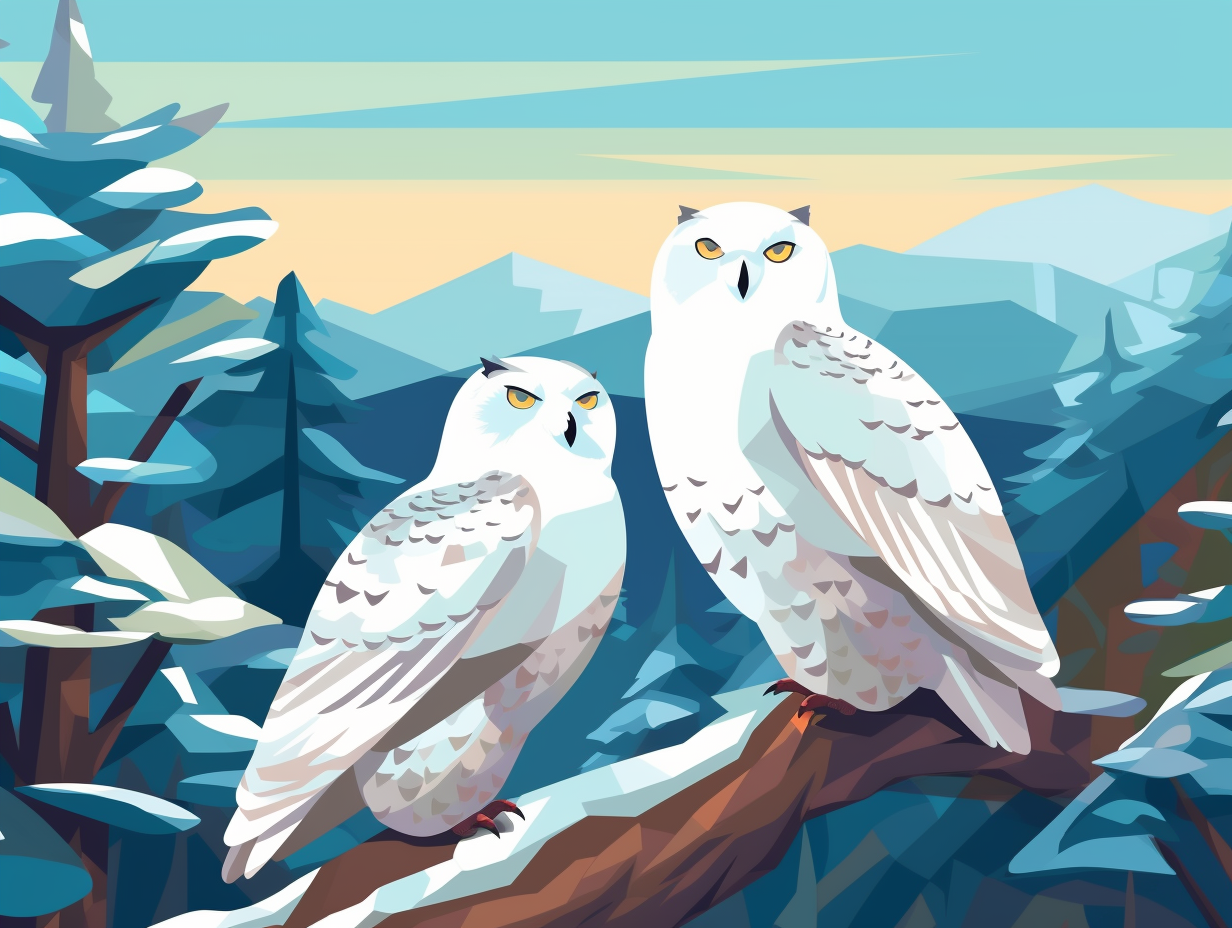Discover the Magic of Albatrosses: Top 14 Fun Facts to Amaze and Inspire!

1. Albatross GPS
Who needs GPS when you've got Albatross Airlines? These young feathered frequent flyers have a knack for finding their way home with enviable accuracy: Juvenile wandering albatrosses cover an impressive 184,000 km during their first year at sea and demonstrate an inherited navigation behavior that allows them to revisit specific ocean areas throughout their lives, even after years of being away.
Source => researchgate.net
2. Flirty Albatross Dance
Oh, the flirtatious flaps of love-struck Laysan Albatrosses, tap-dancing their way into that special someone's heart - quite literally: These avian romantics woo their partners with a sophisticated four-set courtship dance, strengthening their bond not just with each other, but to specific geographical spots, making cupid's aim ever-so precise and long-lasting.
Source => jstor.org

Did you know that penguins have one of the most efficient waddles among terrestrial animals, with an 80% recovery rate in a single stride? Discover more quirky facts about these fascinating birds! 🐧💡
=> Fun Facts about Penguins
3. Wingspan Record Breakers
When an albatross walks into a bar, it rarely has to flap its money, err wings, because with a wingspan that could give Michael Jordan an inferiority complex, it clearly soars above the rest: In fact, the wandering albatross boasts the longest wingspan of any living bird, with a verified maximum reach of an astounding 12.1 feet, and rumored contenders stretching up to 17 feet, 5 inches, allowing these majestic avian wonders to glide effortlessly for hours and cover a jaw-dropping 75,000 miles annually.
Source => a-z-animals.com
4. Supermom Wisdom
If maternity wards had frequent flyer programs, Wisdom the Laysan albatross would have earned herself six round-trip tickets to the Moon: This marvel of a mother has reared a staggering 40 chicks in her lifetime, having been banded since 1956, and clocked an extraordinary three million miles of flight time, only switching partners in her monogamous relationships if they become deceased or seemingly vanish.
Source => csmonitor.com

5. Frequent Flyer Champions
If albatrosses had a frequent flyer program, they'd undoubtedly be racking up those miles and score some serious upgrades: These avian globetrotters can circumnavigate the earth in just 46 days, stopping occasionally on the ocean's surface to feed and rest, while traveling thousands of miles without a layover. Talk about winging it!
Source => reuters.com
6. Prehistoric Pelagornithids
If the albatross applied for a loan, it would find its ancient ancestor pelagornithids simply "wing spans above the rest": These prehistoric birds had wingspans that overshadow today's largest bird, the wandering albatross, ruling the skies for a whopping 60 million years and soaring over oceans with tooth-like bony projections to snatch their slippery prey—squid and fish—before succumbing to extinction about 2.5 million years ago.
Source => deccanherald.com
7. Energy-Efficient Marathoners
How do albatrosses maintain their "frequent flyer" status without crashing and burning out à la used car salesmen? Well, they've cracked the secret to energy-efficient commuting, while simultaneously rocking the title of nautical nomads: Albatrosses can fly for days on end without flapping their wings, glide over oceans, and avoid land for years, all thanks to their massive wingspan, razor-sharp noses that can sniff out food up to 12 miles away, and their Olympic-level diving skills that can get them five meters deep to grab a snack.
Source => pacificbeachcoalition.org
8. Non-Stop Flight Marathon
When albatrosses aren't busy doing the "wing-span edition" of the limbo contest, they enjoy a spot of never-ending flight marathons: These sensational birds can fly non-stop for weeks or even months, easily gliding over thousands of miles across the open sea, all thanks to their slick dynamic soaring skills. So, while they may not actually log a yearly 75,000-mile frequent flyer status, they still manage to traverse jaw-dropping distances throughout their lives.
Source => ourplnt.com
9. Males Need Wind-Assist
What do male albatrosses and sailboats have in common? They both need a stiff breeze to get going! The hefty fellows of the bird world just won't take off without a little extra push: Researchers discovered that male wandering albatrosses, being 20% larger than their female counterparts, require stronger winds to lift them from the sea surface and maintain their flight. These magnificent birds have been tracked using GPS loggers in the notoriously blustery Southern Ocean, patiently waiting on the waves for the winds to pick up before soaring skyward. It's all about conserving energy, as the take-off process demands four times more effort than gliding gracefully through the air.
Source => phys.org

10. Wind-surfing Party Trick
When they're not moonlighting as a fashion accessory for lovelorn poets, albatrosses have a pretty cool party trick: using a combo of wind-shear and wave-slope soaring to travel vast distances without flapping their wings, where wind-shear accounts for 80-90% of their soaring energy and wave-slope surfing takes care of the rest.
Source => sciencedirect.com
11. Graceful Sky, Clumsy Land
If ground control was to Major Tom, then albatross' land control must be to Clumsy Bob, since these sky-dwelling experts trade in their aerial elegance for wobbly legs as soon as they touch down: Behold the Galapagos albatross, the largest bird of its island home, whose superb 8.2-foot wingspan allows it to sail gracefully through the tropics, only to indulge in an elaborate dance of bill clacking and waddling for courtship rituals, preceding a nursery-based baby-raising system of regurgitated oil meals and an eventual solo adventure at sea for years on end.
Source => galapagosinsiders.com
12. Waved Albatross Disco
Step aside, ballroom dancers: the waved albatrosses have entered the chat with their own groovy moves of bowing, honking, and beak-touching romance! These tropical lovebirds ignite the dance floor with a courtship ritual that can last several minutes, forging an unbreakable bond between sassy seabirds and adding a feather to their global uniqueness as the only albatross species that exclusively breeds in the tropics.
Source => animaldiversity.org
13. High-Tech Soaring Inspiration
Despite their inability to host lunar viewing parties or tune into NASA's live streams, albatrosses still boast a remarkable set of party tricks – they just prefer to flex them above the ocean: With their massive wingspans and uncanny ability to fly incredible distances without flapping their wings, albatrosses use a technique called dynamic soaring to save energy while riding the wind. In fact, MIT engineers have recently developed a model to simulate this energy-efficient dynamic soaring for potential use in wind-propelled drones and gliders.
Source => news.mit.edu
14. Windy Take-Off Secret
When the going gets tough, the tough get going! In the case of albatrosses, they prefer to get going with a hearty gust of wind under their wings: Males of this magnificent bird with the largest wingspan require stronger winds to lift off and soar efficiently, conserving energy as they bob and weave their way across vast ocean expanses in search of a fishy delight or a squid snack.
Source => icr.org
Related Fun Facts

